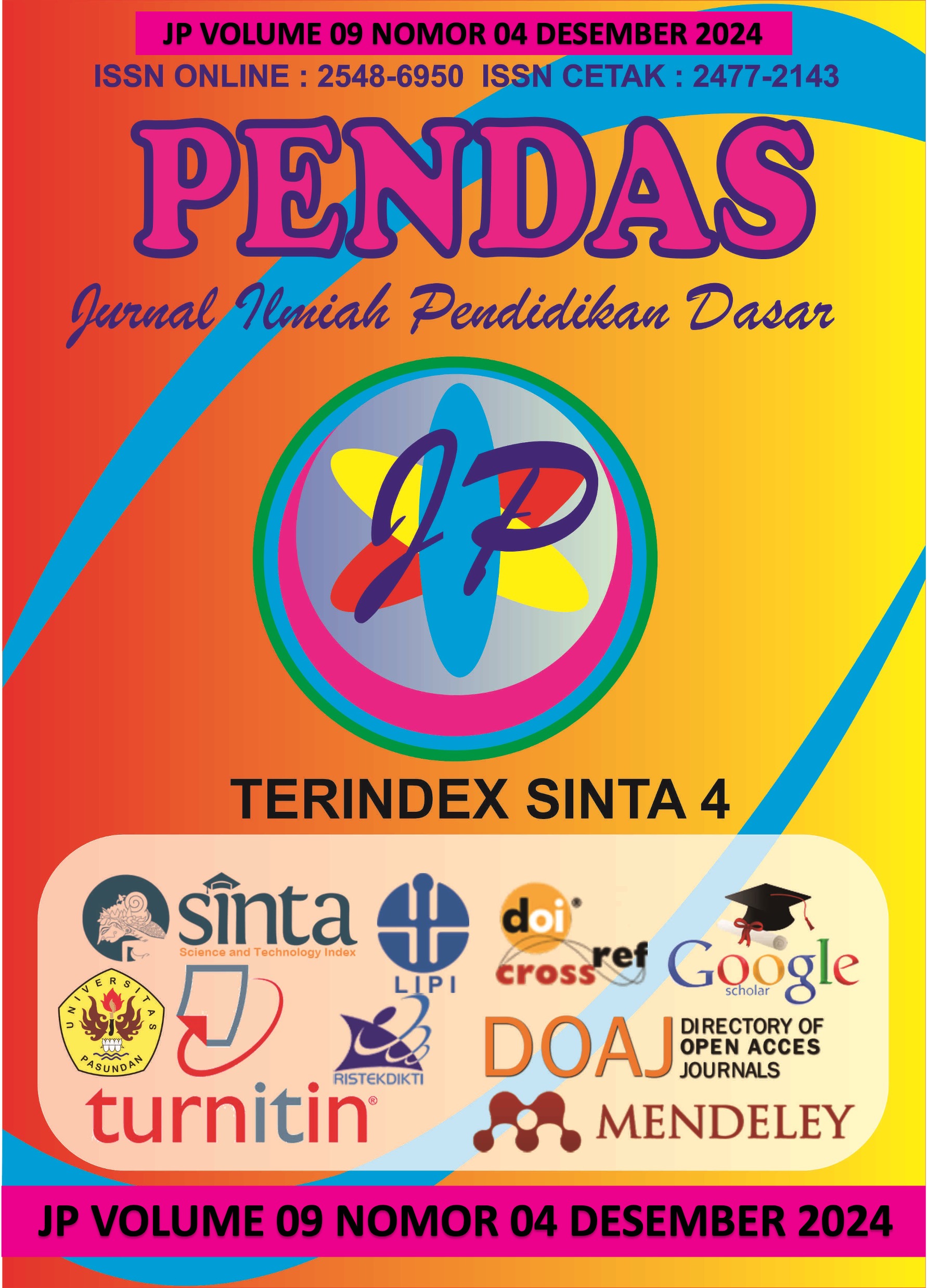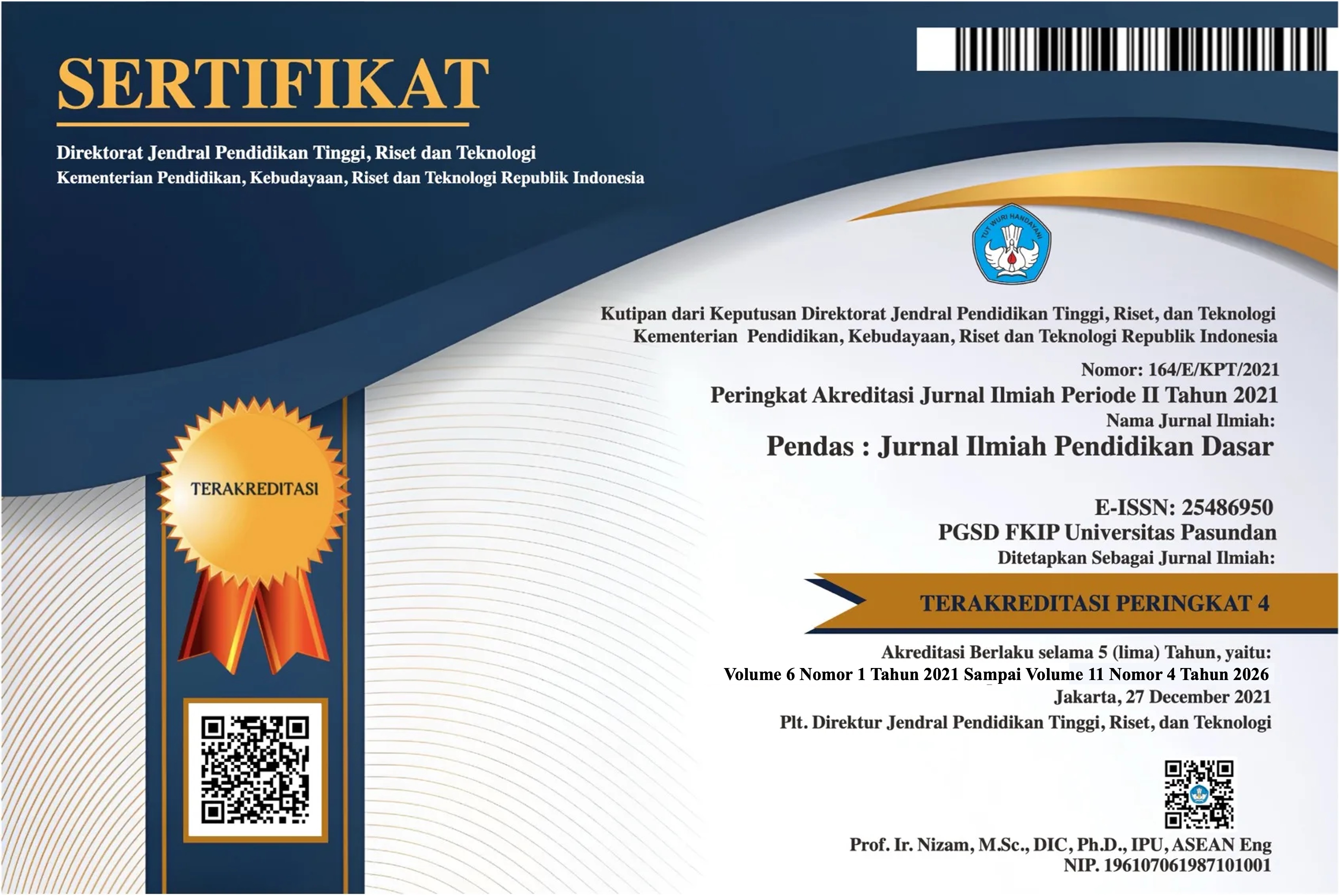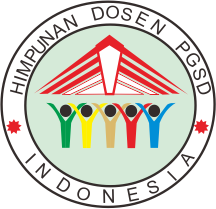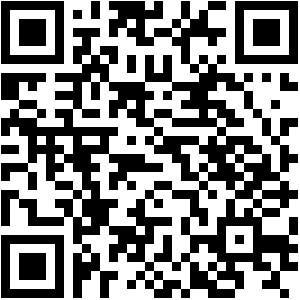EDUKASI GENDER MELALUI MEDIA SOSIAL: ANALISIS WACANA KRITIS TERHADAP KONTEN EDUKASI DI INSTRAGRAM @WOMENSMARCHJKT
DOI:
https://doi.org/10.23969/jp.v9i04.20656Keywords:
Gender, Analysis, Equality, Women, New Media.Abstract
This study aims to examine how the deeply entrenched patriarchal culture in Indonesia serves as a primary cause of various gender injustice issues. Concrete examples of the impact of this culture include discrimination, violence, and stereotypes faced by women. However, the emergence of the Women's March in the United States in 2017 provided women with a platform to voice their dissatisfaction regarding the numerous forms of oppression they experience. The Women's March was first held in Indonesia in March 2017. This research utilizes a qualitative approach with a descriptive model and applies Norman Fairclough's Critical Discourse Analysis theory. Fairclough divides discourse analysis into three dimensions: text analysis, discourse practice analysis, and socio-cultural practice analysis. The purpose of this study is to explore the texts, discourse practices, and socio-cultural practices related to gender equality discussed on the Women's March Indonesia Instagram account in 2023. The findings indicate that in producing its texts, Women's March Indonesia collaborates with various organizations and groups focused on women's issues and other communities. From the perspective of discourse practice, the captions in these posts are shaped by existing realities, considering that gender-based discrimination still occurs in Indonesia today.
Downloads
References
Eriyanto. (2011). Analisis Wacana: Pengantar Analisis Teks Media, Yogyakarta: LKis Group.
Fairclough, N. (1992). Discourse and Social Change. Polity Press.
Fairclough, N. (1992). Discourse and Social Change. Polity Press.
IPU Parline. (2021). Women in Parliaments: Statistics. [Online] Available: ipu.org.
Komnas Perempuan. (2022). Catatan Tahunan tentang Kekerasan terhadap Perempuan di Indonesia.
Moleong, L. J. (2012). Metodologi Penelitian Kualitatif, Bandung: PT Remaja Rosdakarya
Prandansari, N. A. (2018, Maret). Women‟s March Gerakan Masif Perempuan Menentang Diskriminasi. Gelora Sriwijaya. Diakses dari: https://gelorasriwijaya.co/blog/wo mens-march-gerakan-masif-perempuan-menentang-diskriminasi/
Rohmadi, M. (2011). Analisis Wacana Pragmatik Kajian Teori dan Analisis, Surakarta: Yuma Pustaka.
Suryabrata, S. (2014). Metodologi Penelitian Cetakan Ke 25, Jakarta: PT Rajagrafindo Persada.
Susanto, N. (2015). Tantangan Mewujudkan Kesetaraan Gender dalam Budaya Patriarki, Jurnal MUWAZZAH Volume 7, Nomor 2, h.122.
Tamburaka, A. (2013). Literasi Media: Cerdas Bermedia Khalayak Media Massa, Jakarta: Rajawali Pers.
Touraine, A. (1981). The Voice and the Eye: An Analysis of Social Movements. Cambridge University Press.
UN Women. (2023). Global Gender Gap Report.
UU No. 12 Tahun 2003 tentang Pemilu.
Walby, S. (2014). Theorizing Patriarchy. Diterjemahkan oleh Mustika K, Yogyakarta: Jalasutra.
Wibowo. (2013). Perilaku dalam Organisasi, Jakarta: PT. Raja Grafindo Persada Wibowo, D. E. (2011). Peran Ganda Perempuan dan Kesetaraan Gender. Gender, 3(1), 356–364. Wijana, I. D. P., &
Women’s March. (2023). Women’s March Jakarta Official Campaign. [Instagram]. Available: instagram.com/womensmarchjkt
Downloads
Published
Issue
Section
License
Copyright (c) 2024 Pendas : Jurnal Ilmiah Pendidikan Dasar

This work is licensed under a Creative Commons Attribution 4.0 International License.



















